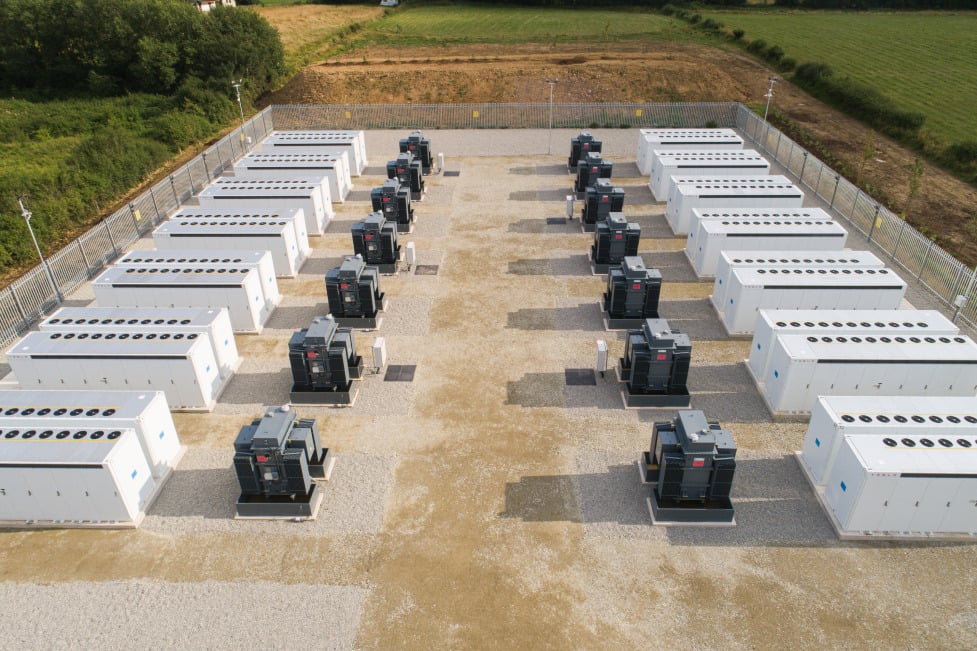
ESB, an Irish state-owned utility company, has been granted planning consent to develop a wind-plus-battery energy storage project in Scotland.
ESB Asset Development UK received the consent to construct and operate the Chleansaid Wind Farm project, near Lairg in the Scottish Highlands, in January this year.
The project will combine around 96MW of wind power with a 20MW battery energy storage system (BESS), for which the storage capacity in megawatt-hours (MWh) has not been disclosed.
Environmental, engineering and technical services provider RSK worked on the environmental impact assessment (EIA) and other development approval studies and said this week that construction will start in 2026 for a commercial operation date (COD) in 2027.
ESB said the co-location with the BESS will ensure the maximum use of the grid connection, implying the two technologies will share one connection, while RSK project manager Joe Somerville said: “The on-site battery storage means it will also contribute to a reduction in energy curtailment and providing grid stability.”
The plentiful wind power capacity in and around Scotland, particularly offshore, is often more than the existing grid infrastructure can handle, leading to curtailment, whereby operators pay generators to turn down production.
The cost of this was over US$1 billion in 2023, according to analysis from BESS developer-operator Field released this past week and covered by our sister site Current, which said energy storage could reduce spending on curtailment by 80%.
Co-locating a BESS with wind – much less common than co-locating with solar PV – will allow the plant to smooth out its generation peaks and troughs and provide a much more predictable and less varied stream of power to the grid.
However, challenges with co-located BESS with wind include potentially much heavier and less predictable cycling of the BESS, which could have negative implications for the battery cells’ degradation.
The size of the BESS relative to the wind plant opted for by ESB is in line with other large independent power producers (IPPs) like Vatenfall, which usually aims for about 10% of the wind plant’s size, according to Quinbrook’s senior VP, speaking at Solar Media’s Solar Finance and Investment Europe (SFIE) event in January (Premium access).
In February, ESB inaugurated a 75MW/150MWh BESS project in Ireland, the country’s largest.
This article was first published on our sister site Energy-Storage.news.

